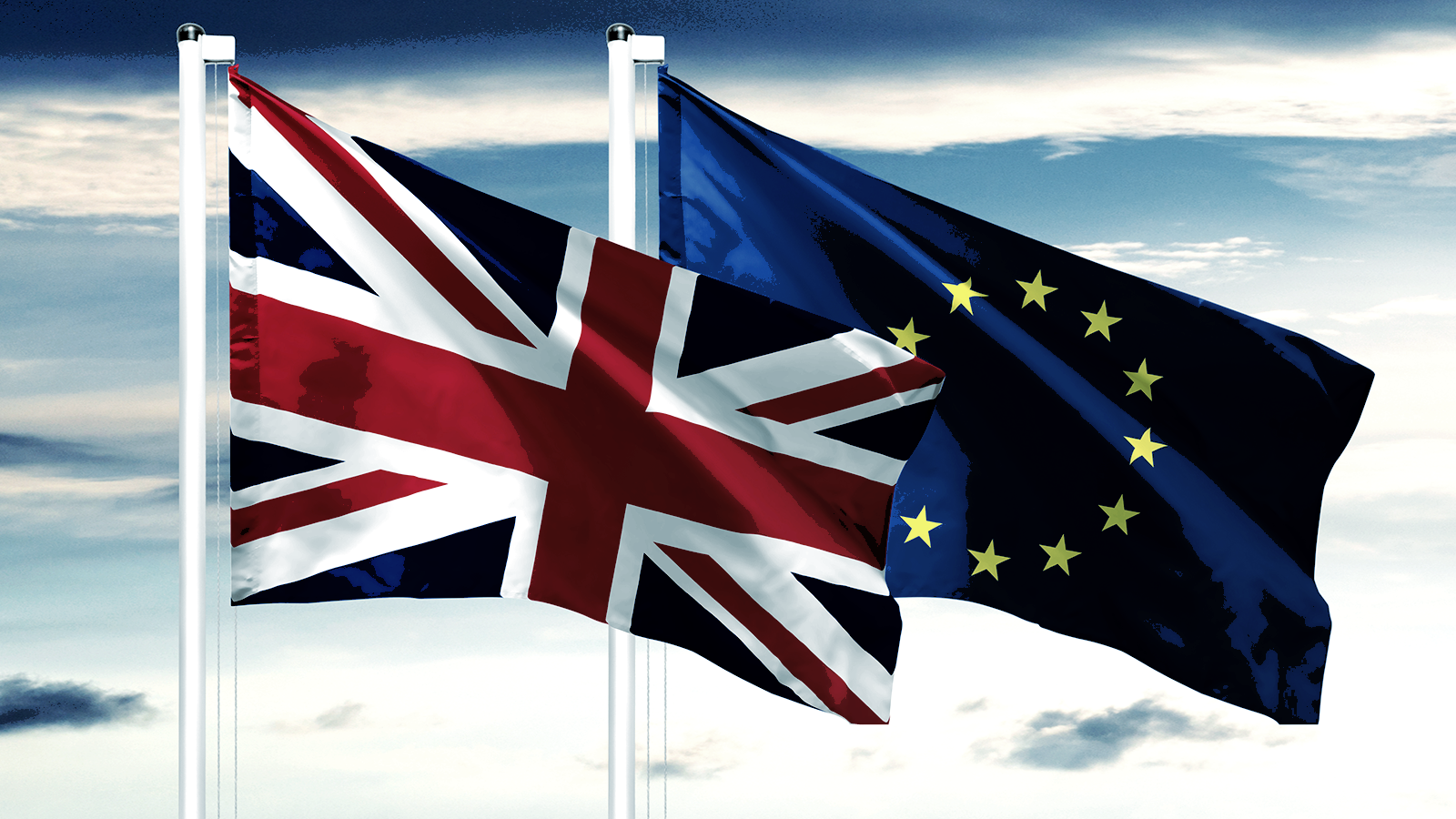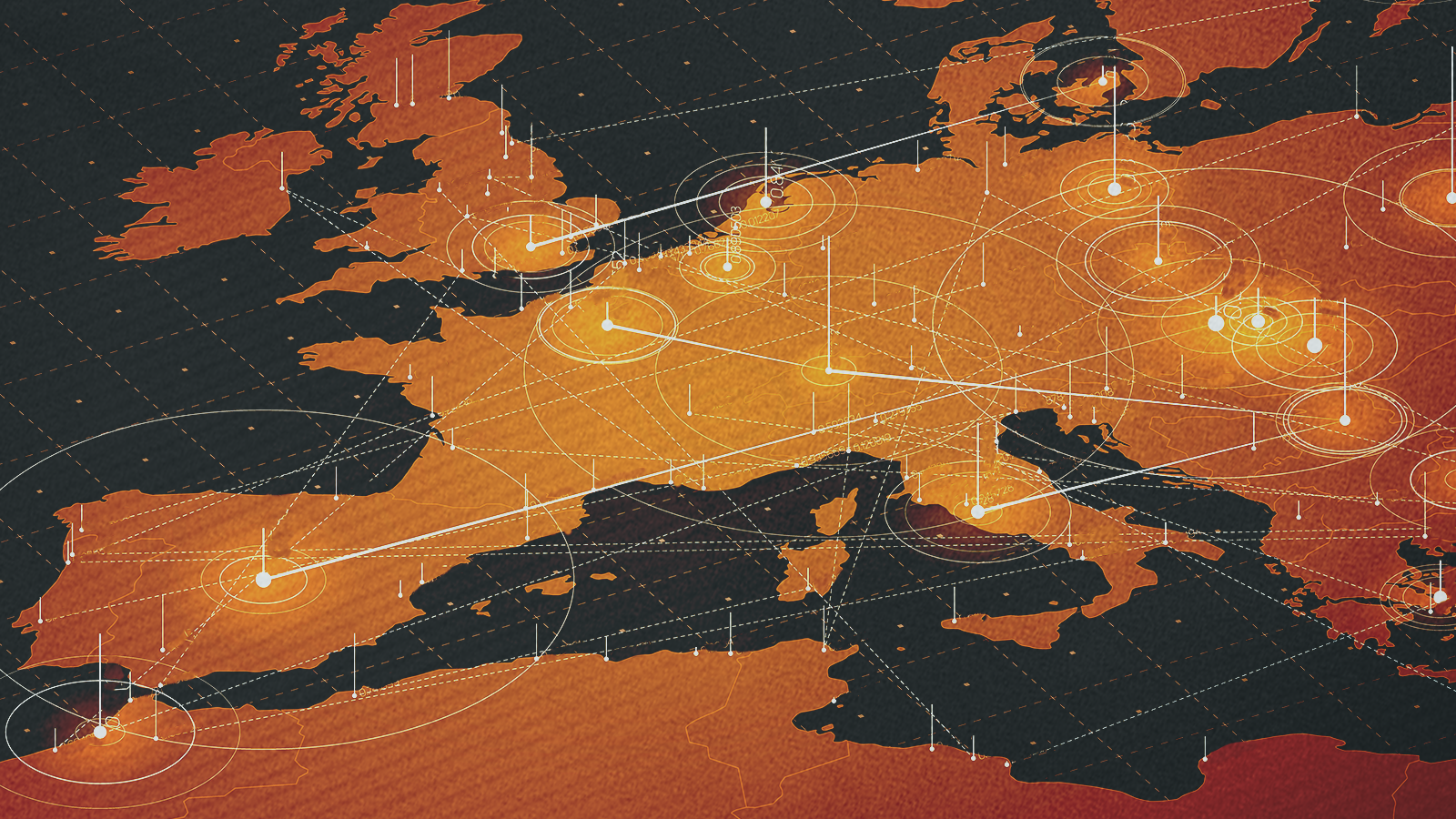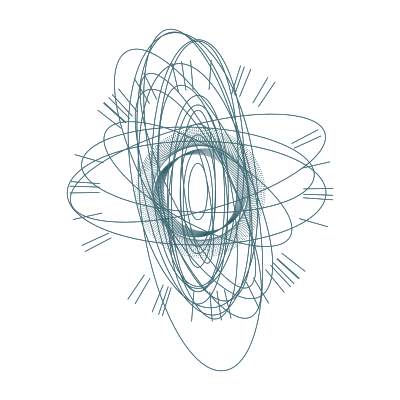The European Union and the United Kingdom announced major new sanctions targeting Russia this week, in a coordinated escalation that the EU said would “increase the cost for Russia to continue its war” as ceasefire talks flag.
The EU’s 17th sanctions package, which builds on measures it introduced in February, and the U.K.’s 100 new designations take aim at the Kremlin war machine’s financial, technological and logistical enablers, many of them located in third countries.
The two sanctions packages both championed support for Ukraine, and they were largely aligned—but not entirely.
Here’s what to know.
The headline move of the EU’s package was the designation of 189 such vessels, as well as the sanctioning of shipping companies in the UAE, Türkiye and Hong Kong suspected of helping Russia transport oil in violation of the $60-per-barrel G7 price cap. The sanctioned vessels will be blocked from accessing European ports and services, including insurance and flagging.
The EU also designated yet another major Russian oil company, Surgutneftegas, in an attempt to reduce energy revenue flows further.
Further measures taken by the EU included:
“We have been clear that delaying peace efforts will only redouble our resolve to help Ukraine to defend itself and use our sanctions to restrict Putin’s war machine,” UK Foreign Secretary David Lammy said in a news release, emphasizing the U.K.’s commitment to working in lockstep with international partners.
But the EU escalated further. Notably, it broadened the scope of its sanctions framework to prohibit a range of transactions that benefit Russia or facilitate its “destabilising activities,” including:
It all represents a calculated attempt to increase economic pressure on Russia and degrade its war-fighting capabilities ahead of future negotiations.
The EU’s 17th sanctions package, which builds on measures it introduced in February, and the U.K.’s 100 new designations take aim at the Kremlin war machine’s financial, technological and logistical enablers, many of them located in third countries.
The two sanctions packages both championed support for Ukraine, and they were largely aligned—but not entirely.
Here’s what to know.
Shadow fleet in focus
The EU and U.K. notably converged Tuesday to clamp down on the so-called “shadow fleet” of oil tankers that facilitate Russia’s sanctions evasion.The headline move of the EU’s package was the designation of 189 such vessels, as well as the sanctioning of shipping companies in the UAE, Türkiye and Hong Kong suspected of helping Russia transport oil in violation of the $60-per-barrel G7 price cap. The sanctioned vessels will be blocked from accessing European ports and services, including insurance and flagging.
The EU also designated yet another major Russian oil company, Surgutneftegas, in an attempt to reduce energy revenue flows further.
- Data point: The European Commission claimed that EU sanctions had helped deflate Russian oil revenues by more than 20% from March 2022 to March 2025.
- For context: The EU is moving toward a total phase-out on Russian gas imports by the end of 2027. In the meantime, the EU and U.K. reportedly are seeking a reduction in the G7 oil price cap below $60 per barrel, to further hit Russia’s oil revenues.
Military-industrial targets
The EU’s rollout added export restrictions on 31 companies “with the aim of cutting Russia off from key technologies,” especially for military use. The EU said these companies—which include 13 based in third countries like the UAE, Serbia, Türkiye and Vietnam—had directly or indirectly supported Russia’s military-industrial complex, some of them by supplying dual-use and advanced technology in circumvention of sanctions.Further measures taken by the EU included:
- Sanctions on almost 50 Russian persons and entities for supplying the Russian army with weapons, ammunition, drones and other military equipment.
- Sanctions on five entities across China, Israel and Belarus for providing critical components to the Russian military.
- A ban on the sale of chemical precursors and spare parts for machine tools to Russian end users.
“We have been clear that delaying peace efforts will only redouble our resolve to help Ukraine to defend itself and use our sanctions to restrict Putin’s war machine,” UK Foreign Secretary David Lammy said in a news release, emphasizing the U.K.’s commitment to working in lockstep with international partners.
Digital threats and physical assets
In tandem on Tuesday, the EU sanctioned a total of 49 individuals and nine entities across three other sanctions packages, targeting:- human rights violations in Russia.
- the use of chemical weapons in Ukraine.
- cyber-attacks and other Russian “destabilising actions abroad,” including the spread of propaganda and disinformation.
But the EU escalated further. Notably, it broadened the scope of its sanctions framework to prohibit a range of transactions that benefit Russia or facilitate its “destabilising activities,” including:
- those involving a list of “tangible assets” such as vessels, aircraft, real estate, ports, airports and communications infrastructure.
- transactions with credit institutions, financial institutions and entities that provide Russia’s networks with crypto-assets services.
In brief
While the U.S. was absent from Tuesday’s rollout, the coordinated announcements and measures from Brussels and London reflect a maturing Russia sanctions strategy focused on enforcement, maritime risk and circumvention.It all represents a calculated attempt to increase economic pressure on Russia and degrade its war-fighting capabilities ahead of future negotiations.







